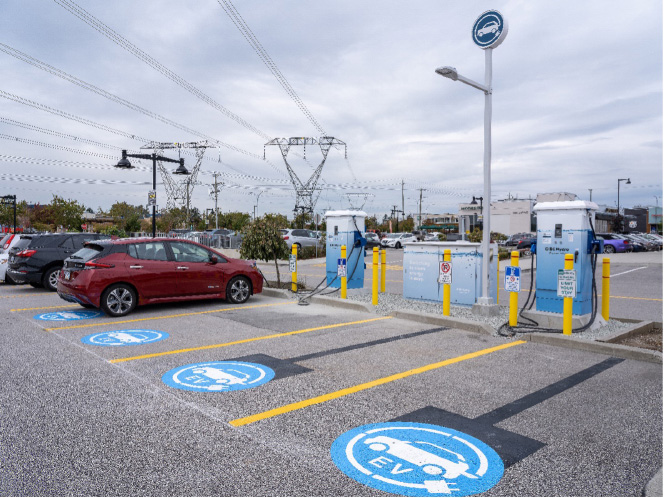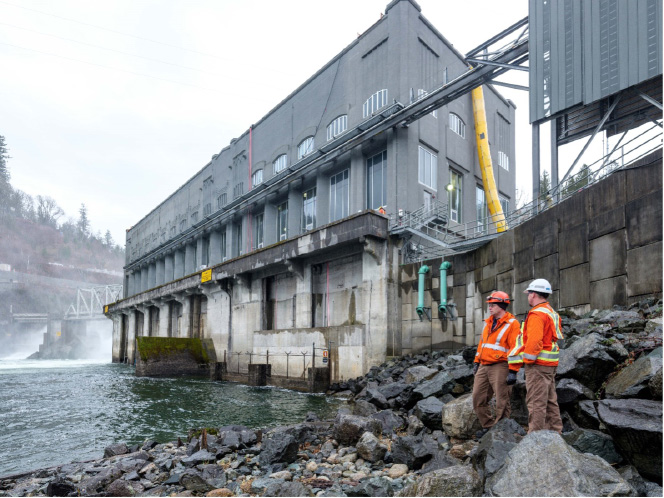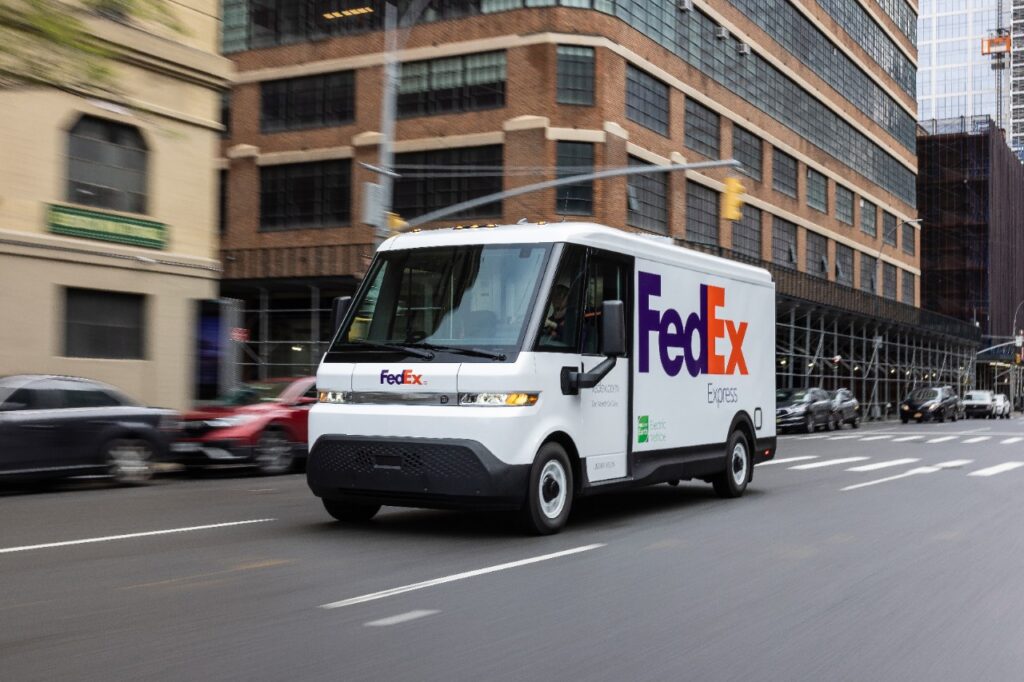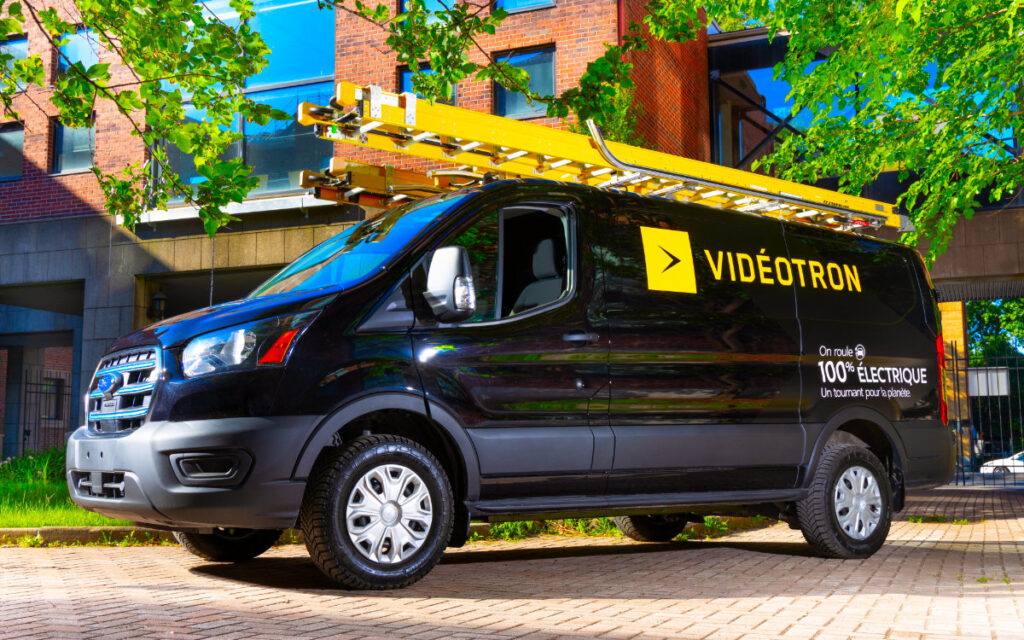BC Hydro

Website: bchydro.com
Location served: Service areas in the province of British Columbia supplying electricity to 95 per cent of the population
National headquarters:
333 Dunsmuir St Vancouver, BC V6B 5R3
BC Hydro introduced a fleet vehicle electrification program to help customers successfully integrate zero emission vehicles into their fleet. The program offer includes funding for an EV Ready Fleet Plan, a comprehensive roadmap for customers to transition their fleet to electric.


The EV Ready Fleet Plan maps out the costs and benefits, assesses the fleet vehicle inventory and electrical infrastructure, and outlines the steps required to get a customer’s facility ready for an electric fleet. The EV Ready Fleet Plan will identify the electrical infrastructure changes required to charge the electric vehicles that will be incorporated in the fleet. BC Hydro will then provide an electrical infrastructure incentive to fund up to 50% of costs to implement the electrical infrastructure upgrades outlined in the EV Ready fleet plan. BC Hydro also offers funding for temporary fleet evaluation pilot projects to help customers assess how medium and/or heavy duty EV’s can be incorporated into their fleet. This program offers custom funding for early-stage, short-duration electric fleet vehicle and charging opportunities.
With significant fuel savings and less maintenance costs, there’s a strong business case for transitioning to electric fleets. Plus, B.C.’s an advantageous environment for going electric, with reliable, clean, affordable electricity, and a relatively moderate climate that’s ideal for electric vehicle performance. In addition to the fleet electrification program offers, BC Hydro offers planning resources that include a fleet electrification guideline, electricity rates for fleet electrification, links to external funding sources, and an overview of the benefits to fleet electrification in British Columbia.

Contact Details
Jason Scultety, Sr Key Account Manager, Fleet Electrification
Jason.scultety@bchydro.com
Reid Arkinstall, Program Manager, Commercial Marketing
Reid.arkinstall@bchydro.com
Kymm Girgulis, Sector Lead, Transportation and Municipalities, Key Account Management
Kymm.girgulis@bchydro.com


